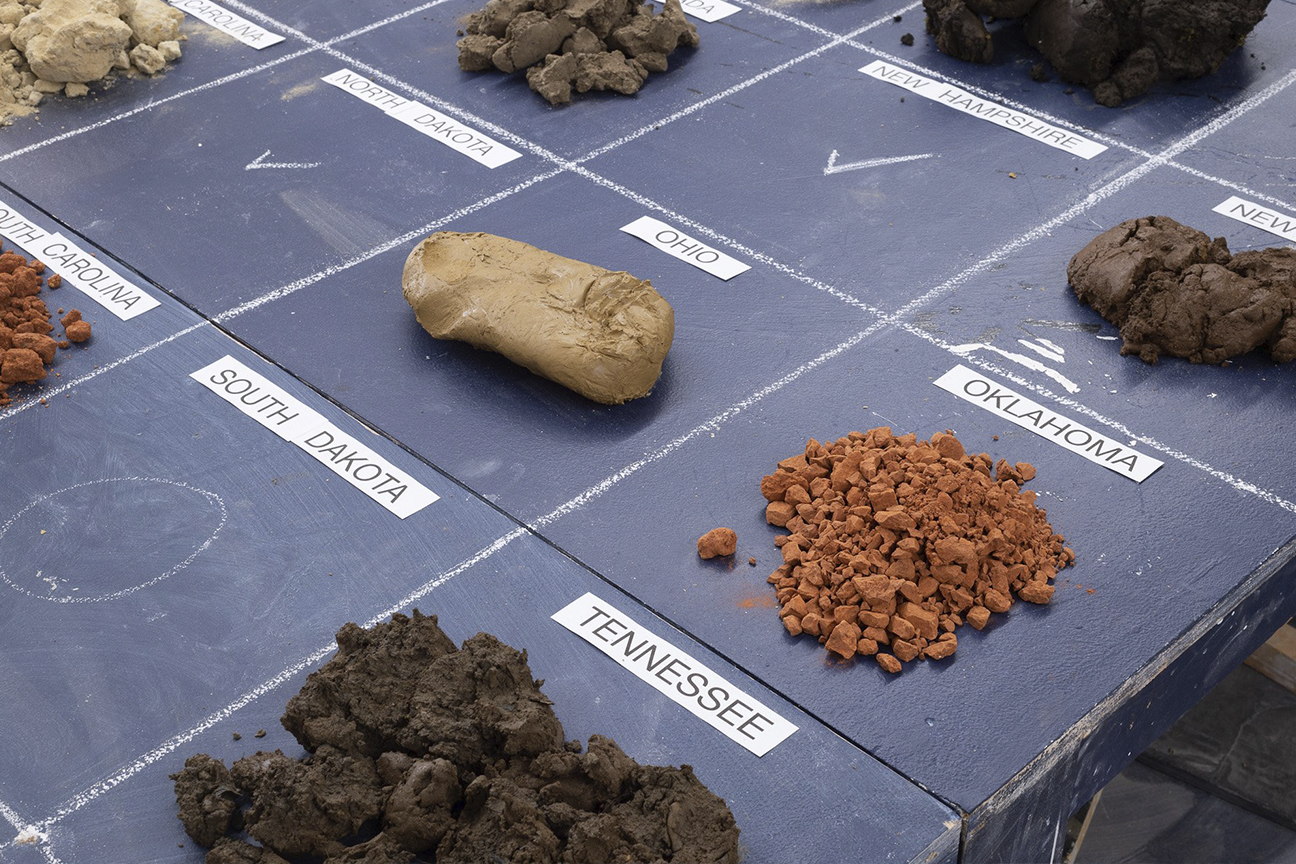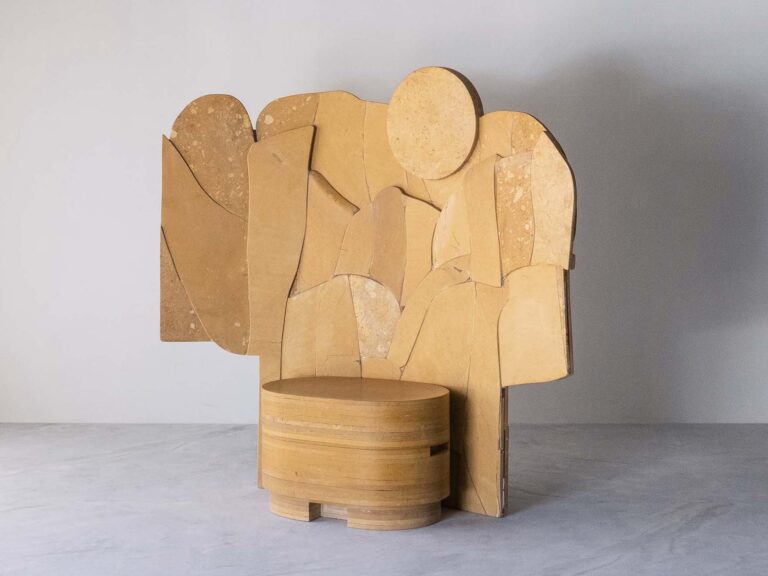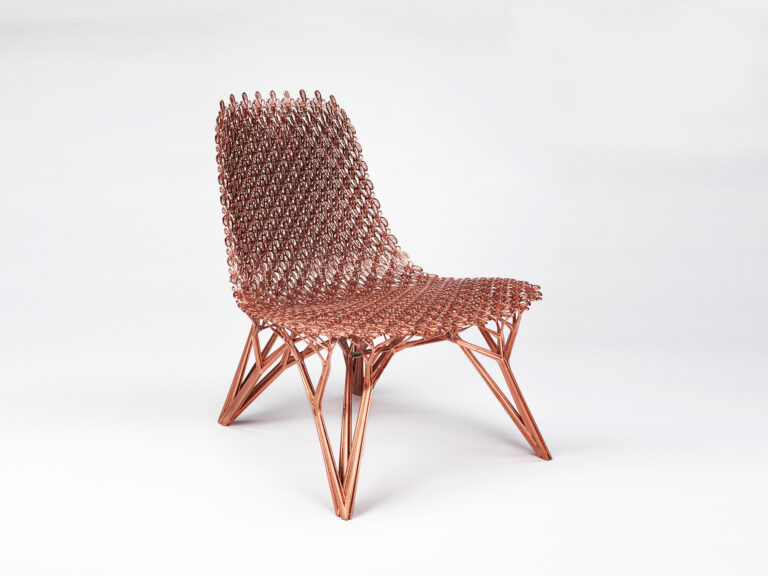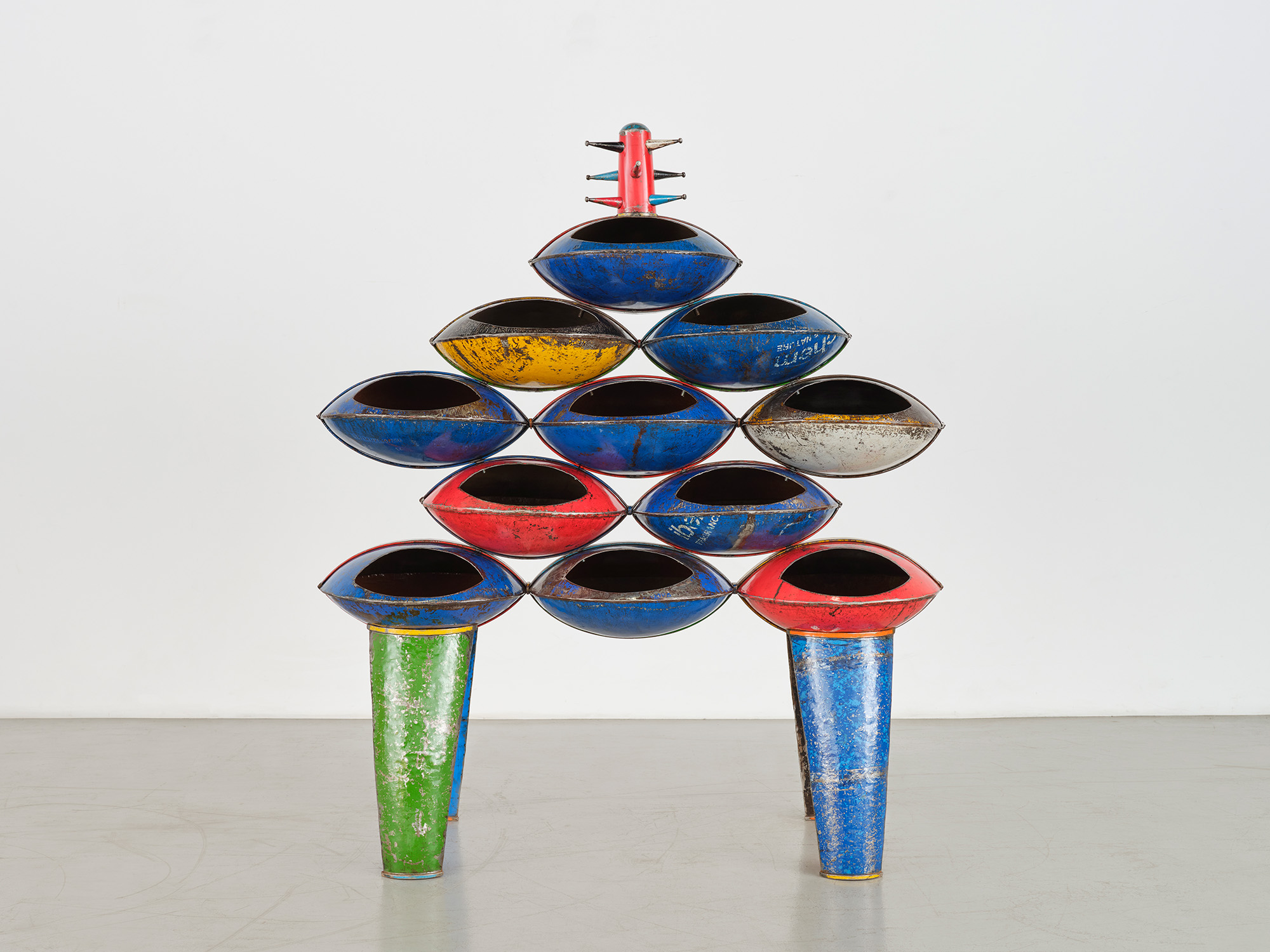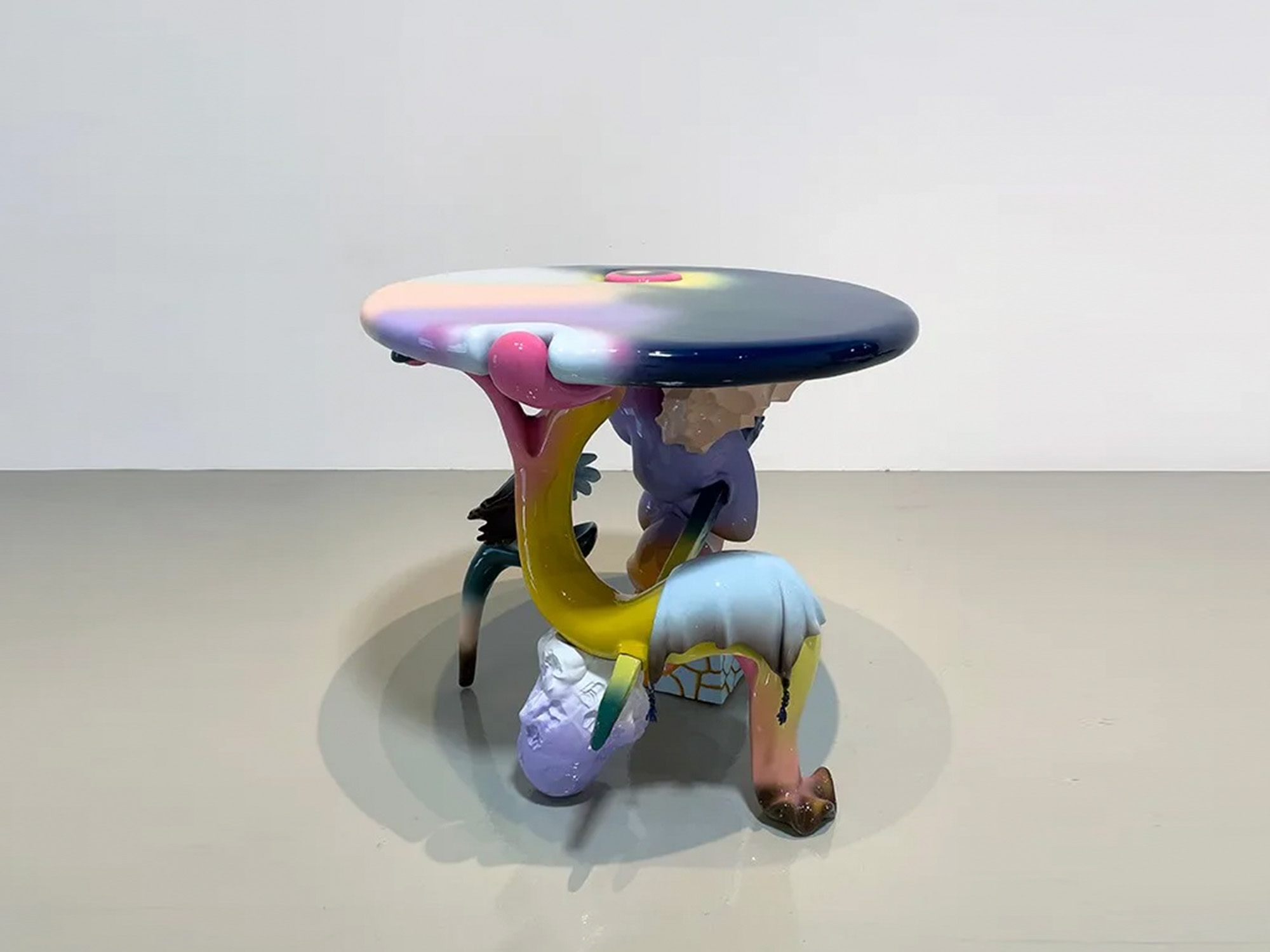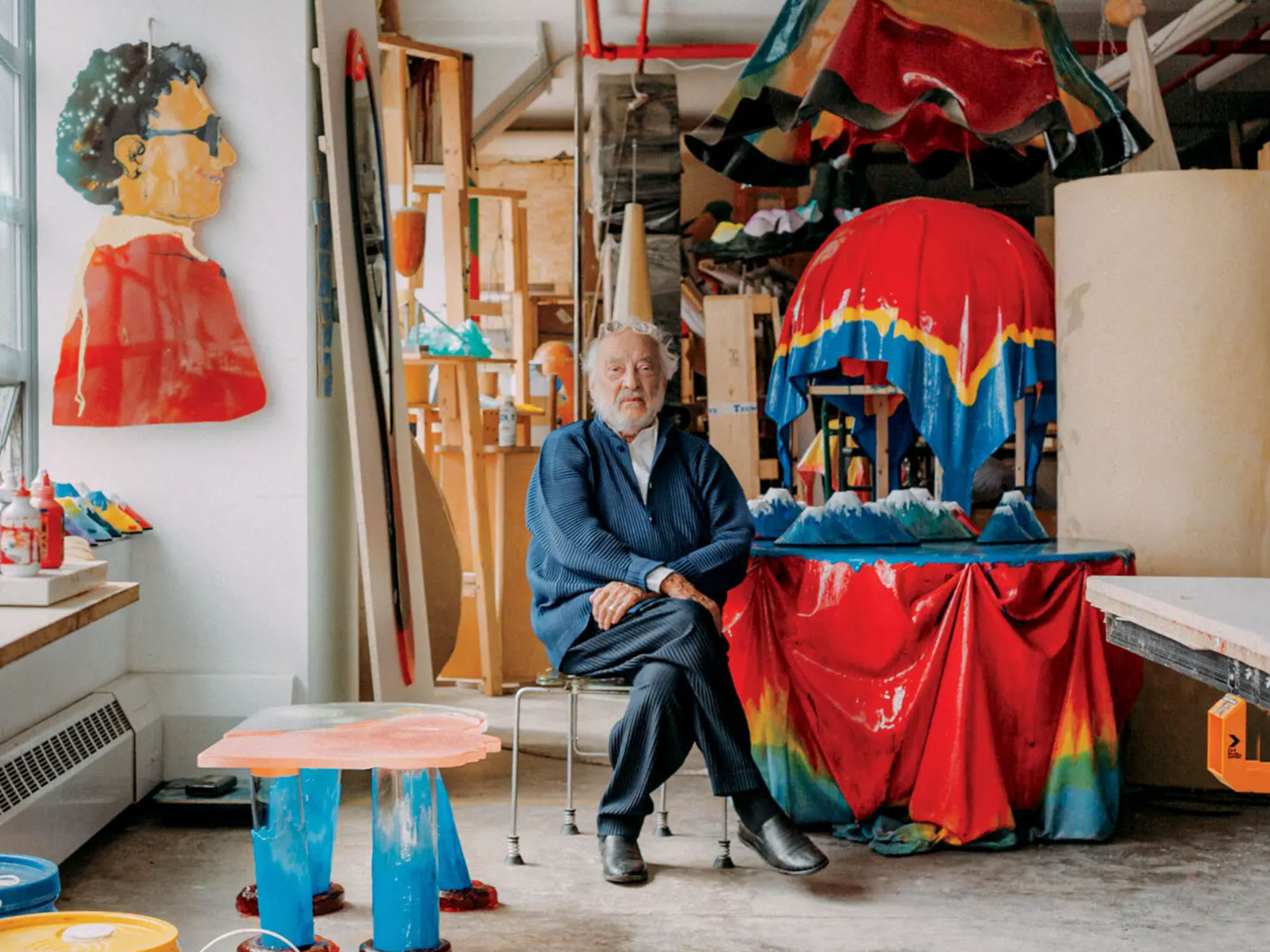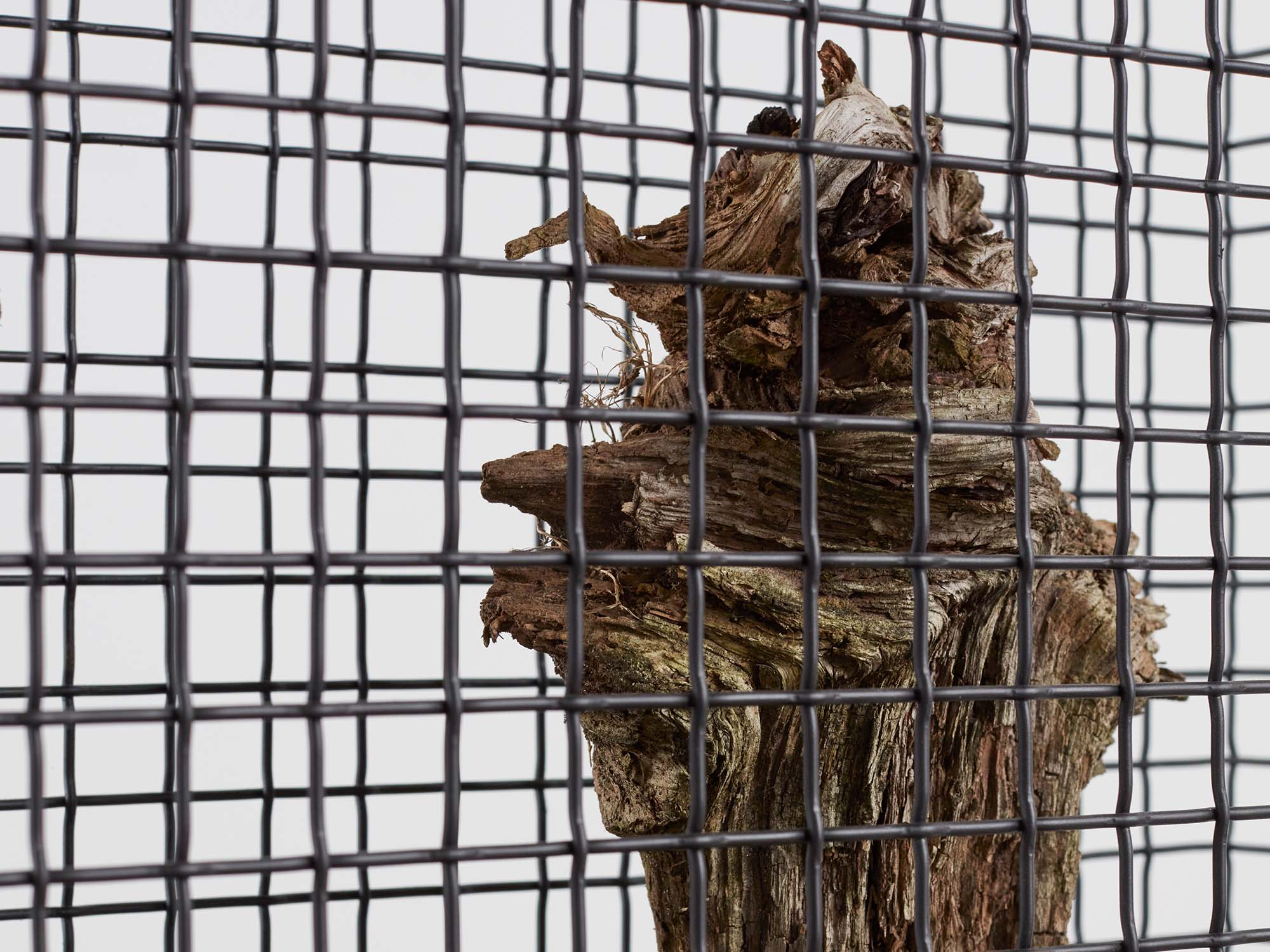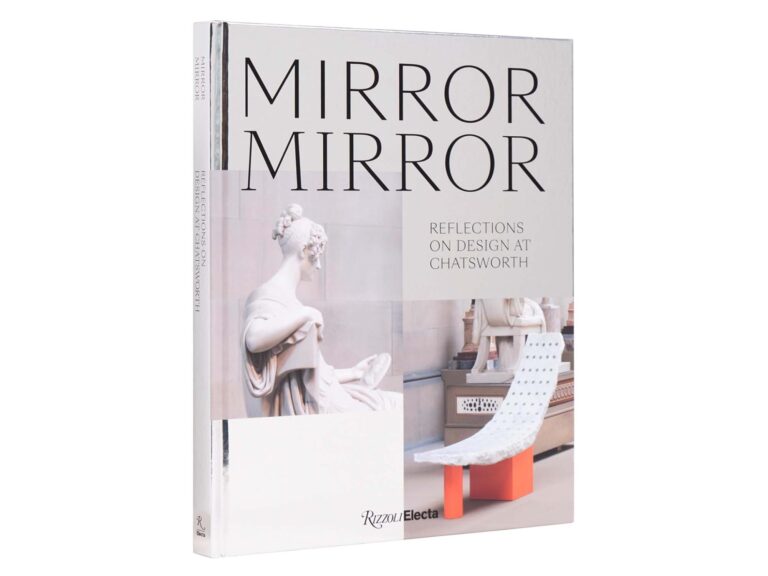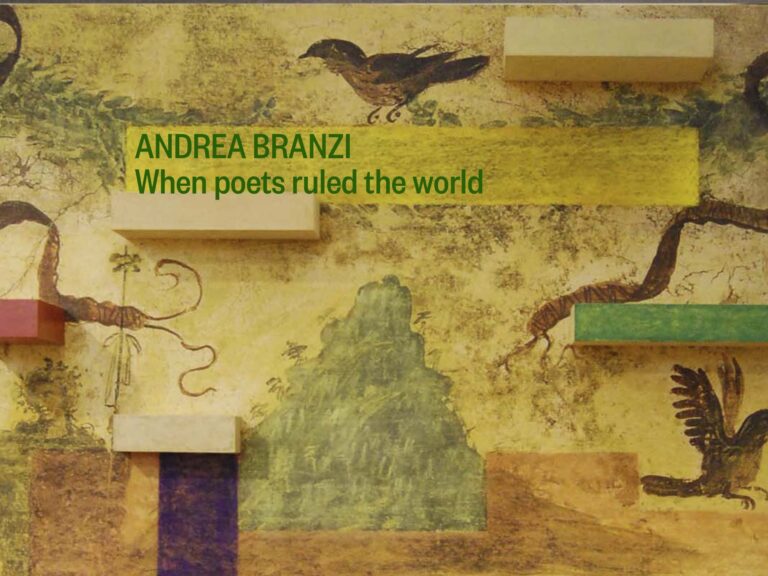By Brent Lewis
“In the extraordinarily charged atmosphere of this moment, Adam Silverman is proposing what might nowadays sound radical: reconciliation. The Design Miami/ America(s) exhibition will feature the in-progress debut of Silverman’s Common Ground, a project for which he has assembled, with the aid of volunteers, clay, ash, and water from each of the 56 US states and territories.” —Aric Chen, Design Miami/ Curatorial Director
The ceramic work of Los Angeles-based artist Adam Silverman reflects his understanding of the traditions of pottery making, but he isn’t bound by any narrow definition of what a potter should be. Formally trained as an architect at the Rhode Island School of Design, Silverman began working with ceramics as a teenager, and he continued to explore the medium through the years of his education and his time working as an architect before committing to his art practice full time. His process begins with intensive experimentation, and the result is organic materials imbued with intentionality and significance. Through bold installations at institutions around the world and his galleries in Los Angeles, New York, Europe, and Japan, he presents complex, dissonant, and beautiful objects that manifest his inclusive and pioneering methods.
In the fall of 2019, Silverman began a new and an ambitious project, Common Ground, which he has since been working on in his studios in Los Angeles and near Providence. Looking forward to the unveiling of the first phases of Common Ground at Design Miami in a few weeks, I reached out to Adam to learn more about how the project came to be.
Brent Lewis: This is an incredible and inspiring project; what prompted you to begin?
Adam Silverman: The idea began a year ago during a meeting with a collector in New York. We were discussing my work, which has often involved harvesting local materials to make things—like my project at the Kimbell and now at LACMA. In these cases, the projects are very site-specific in terms of the materials harvested and used. But more importantly they are site-specific in terms of the context of the cultural institution they are engaging with. A lot of the other work that I make, especially in Rhode Island where I work during the summer, is more meandering and material-based, with subtle cultural undertones. For example, I often use corn husks, seaweed, seashells, and beach dune clay, which can address issues of local agriculture, geology, natural resources, industries, and so forth, but which I use primarily for their physical and aesthetic contributions. This way of working is a little bit like a chef cooking with local and seasonal ingredients.
Anyway, the collector in New York asked if I had ever thought of doing a project using clay from all 50 states. It was so simple and beautiful that I couldn’t believe I had never thought of it. After returning home to Los Angeles, I thought about it a lot, and the idea began to grow and evolve. I decided to add water and wood ash to the mix so the materials would offer more than just clay. I chose to mix the materials together to create a single, unified material. Rather than celebrating the individual states through their individual material contributions, the idea is to celebrate a mixed, diverse, inclusive, and unified material. The metaphors are not subtle, but I believe the message is important—and I guess we aren’t living in very subtle times anyway.
BL: You mention material from 56 locales?
AS: My idea is to further broaden the material gene pool to include not just the 50 states but also Washington D.C. and the five inhabited US Territories—Puerto Rico, US Virgin Islands, Guam, American Samoa, and Northern Mariana Islands.
BL: Do you typically give your materials so much symbolic weight?
AS: Not really. Usually I am focused on what a material or combination of materials can bring to the mix physically and aesthetically. The symbolism is an added bonus. In this case, the symbolism is the most important contribution of the materials, and the aesthetic is secondary. I have no idea what the final pieces will look like, but they will be an honest representation of total inclusivity and representation.
BL: In much of your work, the artist’s hand is quite prevalent. Will you be taking a more passive approach as a potter with this series?
AS: Not more passive, but a different approach in that I have to mix all the materials together to make something new and then get to know it, establish a relationship with it, and see what it can do—so that I can make the most from it, honor and celebrate this new material. In this sense, I am not in control of what that material will become, so that will be a more hands-off or passive approach. But as you say, “the artist’s hand” will still be very evident.
There will also be a formal, historical lineage of pots from many cultures and centuries that these pots will fit within. I’ve designed them with strong foundations, or feet, but their bodies are battered and scarred showing the processes that got them here. I guess a lot of my work is like that, but these will be different and unique for sure.
BL: What references did you draw from for these pots?
AS: I didn’t draw from any specific references, but I can see a relationship between these pots and their antecedents . I’m thinking of ancient Greek amphora jars, Korean kimchi jars, American face jugs, Pre-Columbian urns; the list could go on and on.
BL: What is your plan once they are finished?
AS: The idea is to exhibit them as a full group of 56 pots at least once, and then send them back into the world, one to each state and territory, and place them in institutions where they will be accessible to the public. It will live on as one piece in 56 locations. I also plan to document them, and the whole process and project in a book.
BL: You’re also making dinnerware from this material?
AS: Yes, besides the 56 pots I am also making a simple 56 person dinnerware set—one plate, one bowl, and one cup—that will travel the country and be used during a series of meals which will celebrate the diverse culture(s) of America as represented through its foods and through the people around the table.
The idea is simple: to bring together 56 people at a time around food. The people around the table will be invited from divergent walks of life who would not typically find themselves around a table together. The meals and conversations that happen around the pottery will alter and imbue the pieces with further marks and scars that will reinforce the symbolism of the project. The pottery will contain the DNA of each meal and conversation it participates in over time.
BL: That symbolism is so simple. Do you see it as a way to express your own thoughts regarding our position as a country and society?
AS: I am trying to be as objective as possible without imposing my personal point of view. My politics are fairly obvious, and I do believe that I am on the “correct side” of our country’s divide. But I also believe in the power of discourse, and I hope to be open to hearing differing opinions. My hope is that the meals and the pots and the totality of the project will help tone down the vitriol and allow people to be more understanding, tolerant, and accepting of differing views.
BL: So are you comfortable with this project being discussed in political terms?
AS: Yes, it must be discussed in political terms or it has no real value. It was conceived as a response to our time, which is nothing if not political.
To clarify that point, I do see the project as having political relevancy. Isn’t the act of total integration and inclusion “political” in its rejection of certain people or places having supremacy over other people or places? The material comes from one single land or country, not 56 separate lands. And to take it further, the idea of distributing the pots back out to each state and territory—one per place, equally; each to an institution that is free to enter—is also “political” in that it rejects a cultural supremacy of certain art and certain audiences over others? The pots and the project will be there for anyone to see, think about, engage with, and ultimately believe in or reject.
BL: How was the experience gathering materials from the various locations?
AS: It has been a great and enriching experience, a parallel to the project as a whole in that there was an incredibly diverse group of people who harvested materials for me. People really responded to the simple message of the project—all kinds of people, all races, liberal and conservatives, gay, straight, old, young, etc. People sent very personal accounts of the sources and what they meant to them.
BL: Can you give me an example?
AS: There are so many. Someone from Hawaii told me about the clay and water coming from the beach where people often go to spread the ashes of deceased loved ones. That’s pretty powerful. For many people, the materials come from family land that often has been in the family for generations. There are materials from several Native American people and from land that is important to their culture and history. There is clay from several well-known places significant to potters, such as Don Ritz’s ranch in Arizona and from Alex Matisse in North Carolina. There is material from the Kimbell in Fort Worth. Honestly there are more materials with a good story than there are without one.
BL: Does the project have a collaborative feel because of how much you are relying on others to do this?
AS: My work is personal, but the project was conceived and is being realized as one of the broadest possible inclusion. So having a vast and diverse group of people collect materials for the project does make it feel like I am working on behalf of a much larger group of collaborators. It has been a great balance of individual work and expression, in a time of isolation, while also having so much contact with a ton of people through email and the post office.
The project has also inspired countless fascinating conversations with writers of various stripes, academics, and other artists. It has also led me to a partnership with Scott Alves Barton, who is a brilliant food studies PhD and professor across many social science departments at NYU, the New School, and Pace University. He has an amazing mind and breath of knowledge, and we have spent many hours together in conversation. He is curating the meals portion of the project, and he has opened up my mind and life to all kinds of new arenas of thought and experience.
BL: The last many years you’ve been making pots and creating on a kind of cycle for exhibitions at galleries in New York, Europe, and Japan. Do you see this project as separate from this practice?
AS: Absolutely. This project has a completely different pace, intention, and audience, and it has no real commercial consideration.
BL: I see parallels between your methods and aims with this project and that of the Land Artists of the 1960s and ‘70s, whose work began during a time of great political and social upheaval.
AS: In my mind, Land Art always implies a certain monumental scale. That said, I think the artist Charles Simmons, who works in very small scale, also makes Land Art; although I don’t know if he would agree with that. If you talk about Land Art in terms of manipulating the earth as your primary medium and you allow all scales, then yes, without a doubt I consider my work, and certain projects, Land Art for sure. Reverse Archaeology, the project that I did at the Kimbell Art Museum in Fort Worth was certainly Land Art, as is Common Ground.
BL: Andy Goldsworthy has just installed fifty flags in Rockefeller Center that are each colored with the earth of one of the fifty states. Would you relate your project to his in these terms?
AS: Goldsworthy’s piece is very compelling and certainly a related, maybe cousin, to my project. I think that his intent is very similar to mine. One very obvious difference is that he is using each state and its earth as pigment individually, to show both the differences and similarities of the earth, as a metaphor. The pieces I am making in Common Ground use a mix of all materials, which I see as a deliberate act of inclusion and integration to create a single American material. I have no idea what it will look like or how it will behave technically in the kiln, but I have faith that it will be more interesting than the individuals would be alone.
BL: It sounds like you take comfort in that?
AS: This project has me very engaged with all kinds of different people, and it is fascinating and inspiring. It is inherently a project about hope and optimism. When the whole country could explode at any moment, it seems like the strangest time to be doing anything other than screaming in the streets. But as an artist, all that feels right in this moment is to try to address the situation through making art. I don’t know if it is idiotic, irrelevant, or useful to anyone beyond myself, but I am trying to make it relevant, and I can only hope others will agree.
